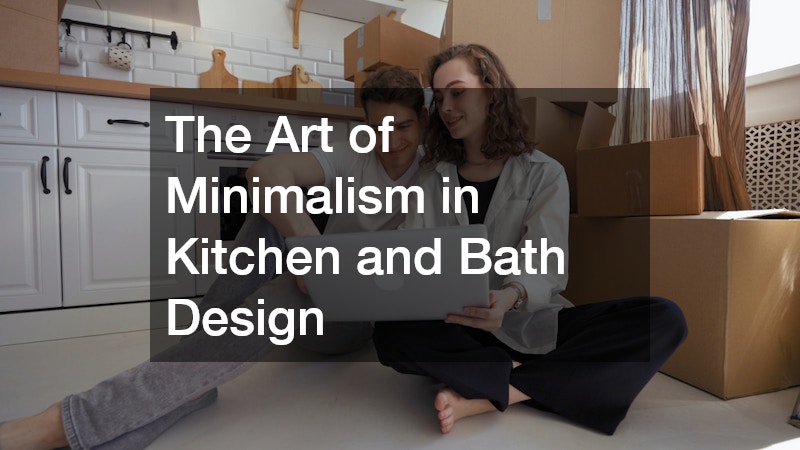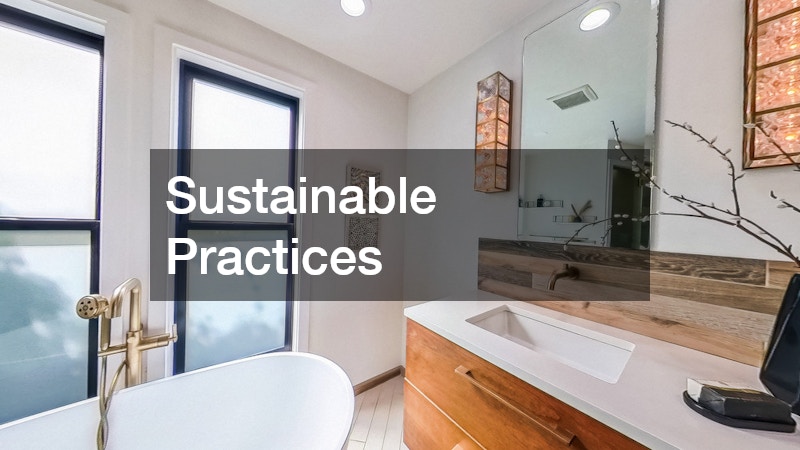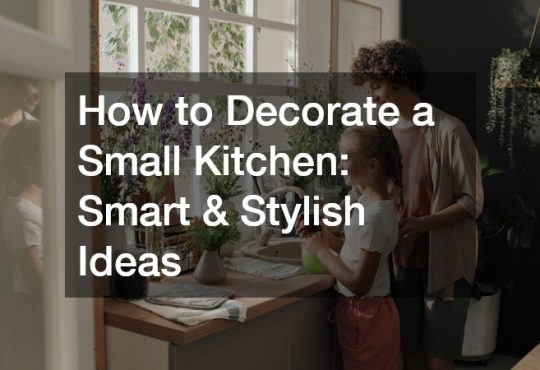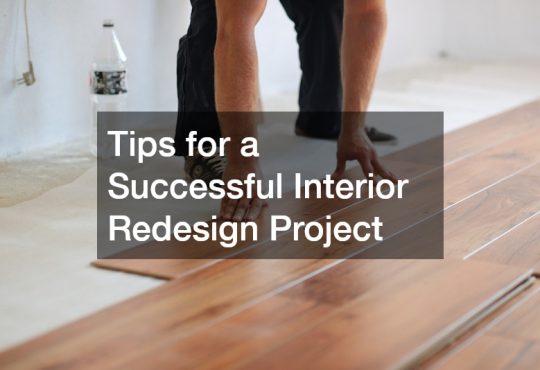
The Art of Minimalism in Kitchen and Bath Design
Explore the essential principles of minimalism and how they can transform kitchen and bath design into spaces of serenity, efficiency, and aesthetic appeal. Minimalism is more than just an interior design trend; it’s a lifestyle choice that prioritizes simplicity and intentionality. When applied to kitchen and bath design, minimalism can result in environments that are as calming as they are functional, leading to a seamless integration of style and utility.
Choosing Minimalism for Your Kitchen and Bath
Advantages of a Minimalist Design
Discover the benefits of minimalist design, from enhanced functionality to creating a calm and clutter-free environment. Minimalism in design helps eliminate unnecessary elements, which in turn allows the essential features of a space to stand out, maximizing both utility and aesthetic appeal. It creates a tranquil setting by prioritizing open spaces and natural light, which can make any kitchen or bath feel more spacious and inviting.
Embracing minimalism in your home can enhance mental well-being by reducing visual noise, providing a sanctuary from the chaos of everyday life. This design philosophy also encourages mindful purchasing decisions, focusing on quality over quantity, which can lead to more satisfying and sustainable choices. By focusing on what is truly necessary, minimalist design opens up spaces, allowing air and energy to flow freely, which can psychologically contribute to a sense of calm and order.
One of the most compelling advantages is the ease of maintenance that minimal spaces offer, as there are fewer items to clean and organize. This approach to design also integrates well with modern technology, seamlessly incorporating smart home features without the clutter traditionally associated with kitchens and baths. Ultimately, a minimalist kitchen or bath not only looks good but works efficiently, offering a blend of beauty and practicality.
Overcoming Common Misconceptions
Address misconceptions about minimalism being cold or boring, and learn how it can embody warmth and personality. Contrary to popular belief, minimalism does not mean stripping away comfort or style; instead, it emphasizes thoughtful curation and the use of textures and tones that add depth and interest. For instance, a minimalist kitchen doesn’t have to be sterile; using warm wood tones and tactile materials can create a welcoming atmosphere.
Another fallacy is that minimalism equates to a lack of personality, whereas, in reality, it allows homeowners to express themselves through carefully selected statement pieces and personal touches. Rather than focusing on showy decor, minimalism utilizes quality and craftsmanship to convey luxury and elegance. Integrating unique materials or custom cabinetry can create spaces that reflect personal style while maintaining a minimalist ethos.
How to Implement Minimalist Design Elements
Key Design Principles
Examine key principles such as simplicity, functionality, and the use of natural materials to achieve a minimalist aesthetic. One foundational principle is simplicity, which encourages decluttering to create a peaceful environment devoid of unnecessary distractions. Another principle, functionality, ensures that each element in the kitchen and bath serves a purpose, thereby maximizing the efficiency of the space.
The use of natural materials is another cornerstone of minimalist design, bringing elements like wood, stone, and metal into the space to add texture and depth without overwhelming. Natural materials not only enhance the visual appeal but also introduce a connection to nature, which can be soothing and grounding. This creates an environment where balance is key, and each component is chosen deliberately to complement the setting.
Color Palettes and Materials
Explore the role of neutral color palettes and materials in creating a cohesive, minimalist look in kitchens and baths. Neutral colors such as whites, greys, and earth tones help maintain a serene and spacious feel, providing a versatile background that complements various textures and accents. These palettes allow for the integration of pops of color through art, plants, or appliances, without disrupting the overall harmony.
Materials play a significant role in developing a minimalist aesthetic, with preferences often leaning towards sustainable and enduring options like hardwood floors, marble countertops, and ceramic tiles. These materials not only contribute to the beauty of the space but offer durability that stands the test of time. By thoughtfully selecting materials and finishes, the minimalist approach ensures consistency and cohesion throughout the design.
Maintaining a Minimalist Environment
Organization Techniques
Learn effective strategies for organizing your kitchen and bath to maintain a minimalist approach. Effective storage solutions are crucial in upholding a minimalist design, as they help keep spaces tidy and clutter-free. Utilizing hidden storage spaces, like under-cabinet organizers or pull-out pantries, allows for maximum utilization of space without compromising the minimalist aesthetic.
Decluttering and minimizing possessions are ongoing processes in a minimalist design, fostering a habit of regularly assessing items based on usefulness and joy. The philosophy of “less is more” simplifies decision-making and encourages the continual refinement of personal space. Visual organization, such as uniform containers and clear labeling, aids in maintaining order and accessibility.
Sustainable Practices
Incorporate sustainability into your minimalist design through eco-friendly materials and practices. Sustainable design complements minimalism by focusing on reducing environmental impact through the use of renewable resources and energy-efficient appliances. Emphasizing sustainability can lead to lower energy costs and a reduced carbon footprint, while also enhancing the long-term value of the home.
Recycling and repurposing materials, such as reclaimed wood or recycled metal, contribute to an eco-friendly design ethos that is integral to both minimalism and sustainability. These practices support a reduction in waste and promote the longevity of design elements, underscoring a commitment to environmental responsibility. Choosing low-VOC paints and finishes further enhances indoor air quality, aligning with a health-conscious and eco-friendly design.
The journey towards minimalism requires intentionality and mindfulness, inviting users to curate spaces that reflect their values and aspirations. As people continue to seek balance and serenity in their living environments, the minimalist approach offers not merely a design style but a pathway towards a more deliberate and fulfilling way of living. Through investing in minimalist design, individuals can enhance both the function and beauty of their spaces, enriching their lives with simplicity, elegance, and mindful presence.




